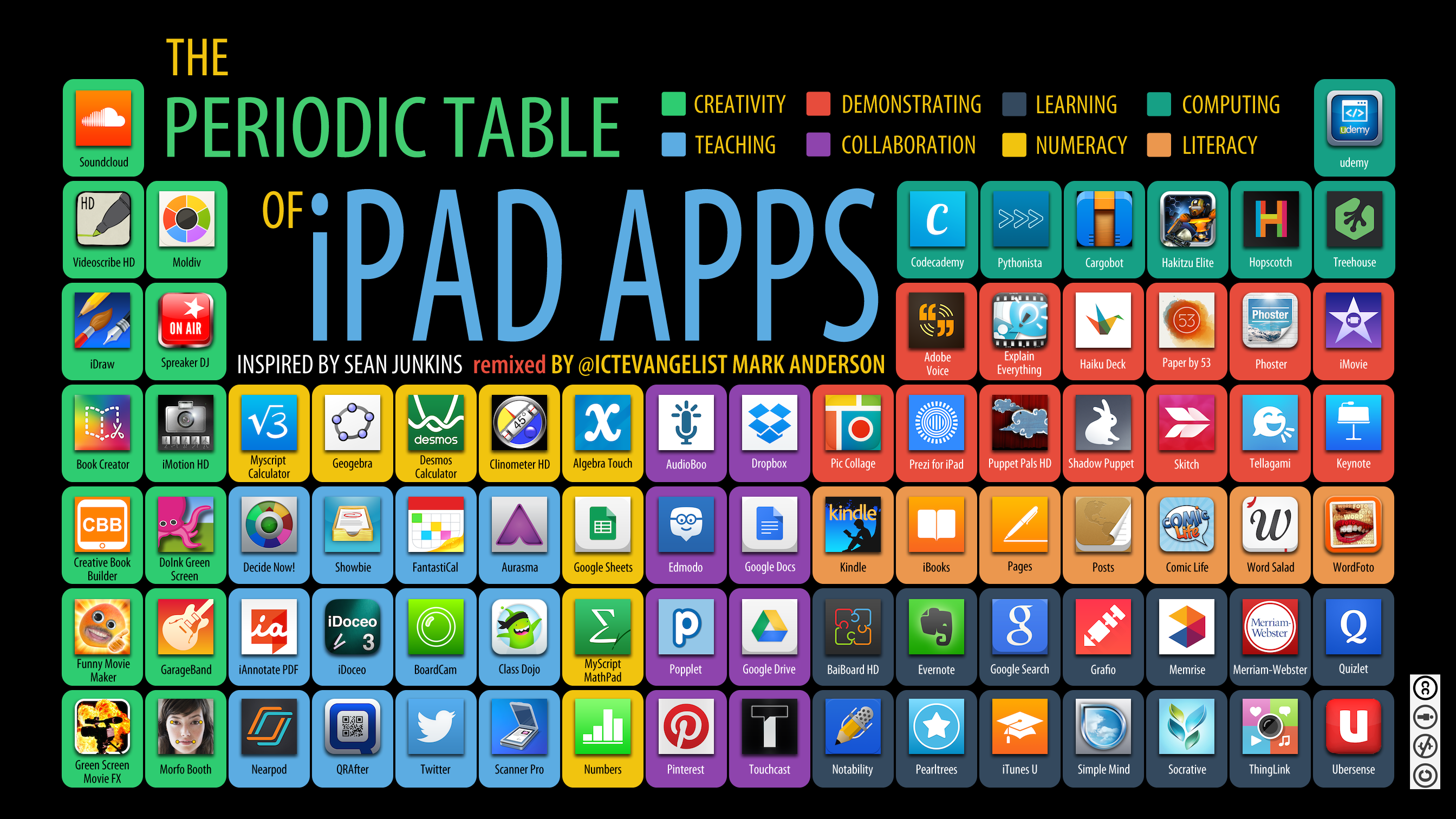Blended Learning is a mixture of face to face instruction and online learning. This type of instruction is most used in post-secondary schooling, but is becoming more common in high school and elementary as technology progresses. It is important to note the distinction between blended learning and tech integration. Technology can (and should) be integrated into the classroom where applicable. It can act as a learning tool, modification, or product for students. This can be the use of iPads, apps, etc. to help students understand the context of a lesson, or to help them create something to show their learning. It does not replace teaching. With Blended Learning, students can control their learning pace, place, and path. They learn online using the technology when, where, and how they want to. This gives our students options and allows for DI for students.
I was surprised to find out that there are four models for Blended Learning:
- Rotation - where students rotate between different learning modes, with at least one is online learning. These modes can include pencil and paper assignments, individual tutoring, group projects, or small group and full class instruction.
- Flex - where online learning is the backbone of student learning. Students have an individualized schedule of the different learning modes that they go through at their own pace. Teachers provide face-to-face support as needed.
- À-la-carte - where students take courses entirely online with an online teacher, but can still have in-class activities
- Enriched virtual - where students divide their time between in-class activities and learning online. This differs from À-la-carte because all classes are enriched virtual, and not select classes.
Personally, I thought that models 3 and 4 where only used in post-secondary education. I know I did some online courses when I was completing my undergrad, but I never thought about them in this way. I hope to try and incorporate a Blended Learning experience in my classroom if I am able. I will be able to do so if I can follow the SAMR Model.
The SAMR Model is a ladder tool for teachers to follow for integrating technology. It describes what technology can be used for and how it can benefit students. See the model below:
 |
| Ruben Puentedura. (2014, September 24). SAMR Model [graphic]. Retrieved from: website |
The Pedagogy Wheel is a chart that gives apps and other resource examples for each level of the SAMR model for teachers to use. I find it extremely useful, because I often have difficulties coming up with specific apps to use in my lessons. Now that I have this chart, I can explore all these resources and find the ones that I think will best benefit my students. Another good chart for finding technology resources is the Periodic table of iPad apps:
 |
| Mark Anderson. (2014, July 23). iPad Apps [graphic]. Retrieved from: website |
I'm really excited about using technology and games to engage students into Math. Gone are the days where students are bored with the same math problems from a textbook. With this information and various resources, I hope to keep my students engaged and excited to learning math.
No comments:
Post a Comment